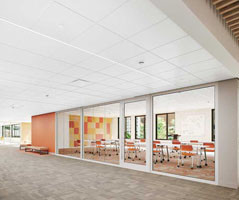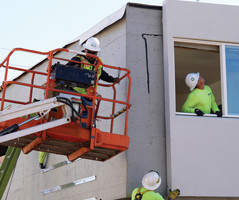Addressing Embodied Carbon: FAQ
Stok
APRIL 19, 2019
The LCA results can then be used to optimize the project design, select low-impact materials, and reduce the overall carbon footprint. This is largely because interior products often have shorter life span than structural systems, which are designed to last for the building’s life. When should I involve an LCA consultant?













Let's personalize your content